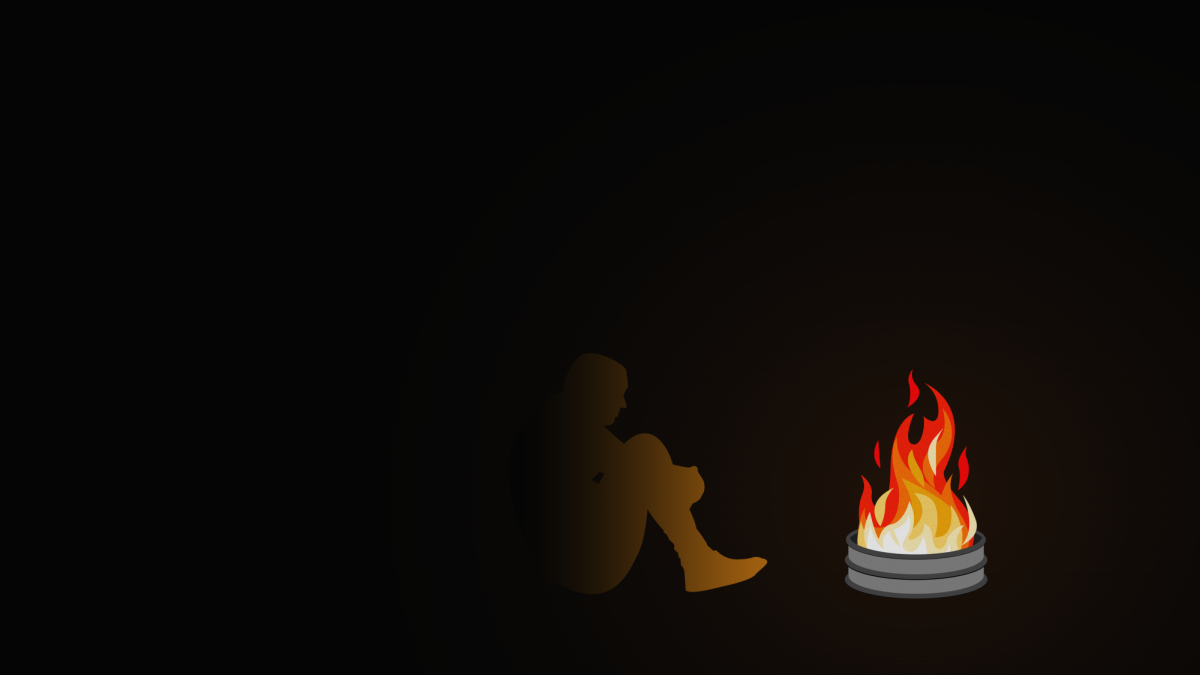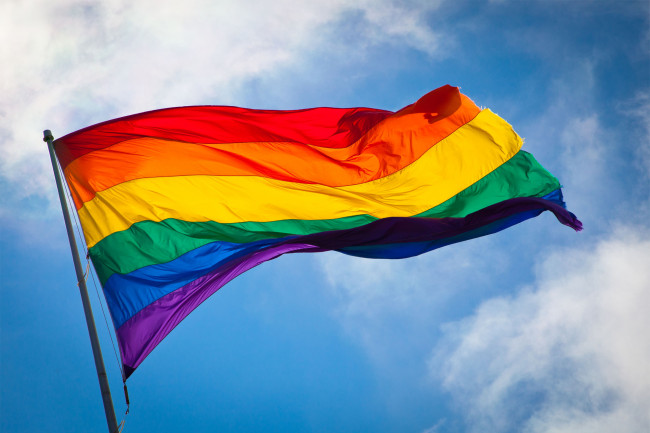It can be difficult to imagine a teacher having a personal life outside of school — especially when they are a tall, ageless, anthropomorphic rat. For 23 years, Mr. Ratburn, the eternal third-grade teacher in the beloved children’s television series “Arthur,” has been a sort of auxiliary, on-screen teacher for many young millennials and Generation Z public television adherents. Friendly, disciplined and neat, he embodies the dedicated — and occasionally intimidating — educator that many of us saw in our own teachers. In an episode that aired last month, Mr. Ratburn’s character hit a major personal milestone — marriage.
“Mr. Ratburn and the Special Someone” provided far more than mere character development. This episode showed a respectful — if rather restrained — portrayal of a same-sex marriage, making Mr. Ratburn and his new husband Patrick the first openly LGBTQ characters in the long-running series. The couple was revealed in a surprise twist, which Arthur and his friends took in stride, quickly moving on to discuss wedding cake and their teacher’s embarrassing dance moves. Online support spread rapidly through “gay rat wedding” memes posted by nostalgic young adults, many of whom were surprised that the show was still running, much less making big social strides.
Praise, semi-ironic or otherwise, was not universal. While the episode shows only the two rats (well, one is actually an aardvark) walking down the aisle, avoiding discussions of sexuality altogether, it has been criticized as the latest strike from supposed proponents of “the gay agenda.” Alabama Public Television announced that it would not broadcast the episode as airing it “would take away the choice of parents who feel it is inappropriate.” Some have argued that because PBS is a public organization, it should only broadcast what the majority of the public wants to see. Of the many faults with this perspective, the most obvious is that allowing a hostile majority group to banish minority groups from public discourse is unproductive, unfair and morally wrong.
To acknowledge that television shows and movies may operate as influences — even educators — is a controversial statement in and of itself. Many parents wrongfully assume that their influence and values alone are the only moral lessons placed before their children. Like the parents in Alabama, they worry what unapproved, subliminal messages their children might pick up from the media they consume. On that, we agree — be it video games or Saturday morning cartoons, children learn through storytelling, the purpose of which should be to communicate a prosocial message. To assume that there is not underlying social commentary in children’s media is as ignorant as saying that sports and art have ever been apolitical. In fact, unlike other forms of media, child television’s most seminal programs have overtly social agendas. One show, started by a bearded hippie, is a half-hour Kumbaya circle where puppets of all stripes in inner-city New York learn to get along. Another featured striking calls for civil justice, discussed healthy ways to deal with tragedy and asked the unconditional question “won’t you be my neighbor?” For those concerned about preachy messages, this latter program was hosted by a literal preacher. Seeing positive social agendas in child programming is not new, and because no parent has the surgical precision to extricate the conflicting messages from their child’s world, it comes down to which of those messages are permitted to take root.
Teaching compassion
If children must be taught anything, let it be compassion. Children should avoid mere tolerance, and embrace acceptance. The backhanded “love the sinner, hate the sin” mentality does not cut it, as one’s innate sexuality and identity is not a sin — unlike the inhumane request that others live celibate, lonely existences in order to be acceptable. Children should be adequately prepared to navigate their world, and the increased visibility following many difficult acts of “coming out” have revealed that everyone knows someone from within the LGBTQ community. They have always been here and will always be here — not as faceless shadows, but as family members, coworkers and community leaders. They are the neighbors who move in down the street and the worshipers who pray in nearby pews. Most importantly, they may be one’s child or their peers. These young generations are in need of guidance and acceptance if they are to lead us into a just, equitable and benevolent future.
LGBTQ people in all media
The positive portrayal of LGBTQ people in children’s media is a healthy step forward for everyone. Viewers form intimate connections with fictional characters, who stoke the imagination and encourage their fans to dream big. Critics often wail that someone “must think of the children!” and protect their innocence. It is precisely because of their innocence that children should be introduced and taught to respect all people, not in spite of their differences, but because of them. Marian Wright Edelman, the prominent children’s rights activist, said that “It’s hard to be what you can’t see.” At the time, Edelman was speaking against racism and the disheartening lack of representation for children of color, elaborating that “all children need to be exposed to a wide range of books that reflect the true diversity of our nation and world as they really are.” Children also like to park themselves in front of screens, and so they might as well learn while they do it.
This holds true for those who are marginalized because of their sexual orientation or gender identity as “Arthur“ creator Marc Brown discussed in a short video that was released after the controversial episode. “So many of us have family or friends who are gay who are not represented in the media,” said Brown. “We have people in our family that are gay and raising children and looking for things to validate their families.” It is necessary that young people understand that they are not unnatural or sinful for being who they are. They must also be taught that they deserve a life without hatred and discrimination and a future filled with love and a family of their own. An early understanding and accepting of difference is the inoculation against bigotry. Children are not naturally hateful, and seeing a broader, more realistic representation of the human experience early in life provides them with the emotional foundation to react to others with compassion instead of fear.
It should go without saying that exposure to diversity cannot make someone anything — it can only open their eyes to their own identity or increase their acceptance of those who are different from them. Parents who are concerned about an uplifting cartoon affecting their child’s identity should remember that most LGBTQ people grow up watching the overwhelmingly straight relationships of exclusively cis characters. Even so, the homophobia and transphobia of parents should not be prioritized over the self-acceptance of LGBTQ children, especially considering the violence that many continue to face.
LGBTQ Rights in the U.S.
Within the same month that the aforementioned “Arthur” episode was aired, the American LGBTQ community was dealt several heavy blows that are indicative of the constant onslaught of intolerance against them. A story broke revealing a U.S. policy that de-recognizes gay marriages, stripping the birthright citizenship from the children of gay Americans. The Trump administration aggressively rolled back protections for transgender Americans, allowing workers in federally funded healthcare facilities to refuse to perform medical procedures that violate their “conscience.” In a heartbreaking act of violence, a 22 year-old trans woman named Muhlaysia Booker was gunned down in the streets of Dallas, only a month after a group of men cornered her and beat her to the ground. In a country where the life expectancy of black trans women is 31, Booker is one of several who have died in 2019 alone.
These horrific acts of physical and legislative violence illustrate the need to cut hatred at the root. There is no single children’s television show or movie that can bridge this gap, but by using media and technology to connect with the diverse LGBTQ community, a group that many isolated young people do not have access to, commitment to their civil rights may be established. Some consider education and compassion to be indoctrination, planting themselves squarely in opposition to equality and justice like so many before them. Homophobic parents have the right to share their values with their children, though hopefully other influences will help those same children build a better, gentler point of view.


















